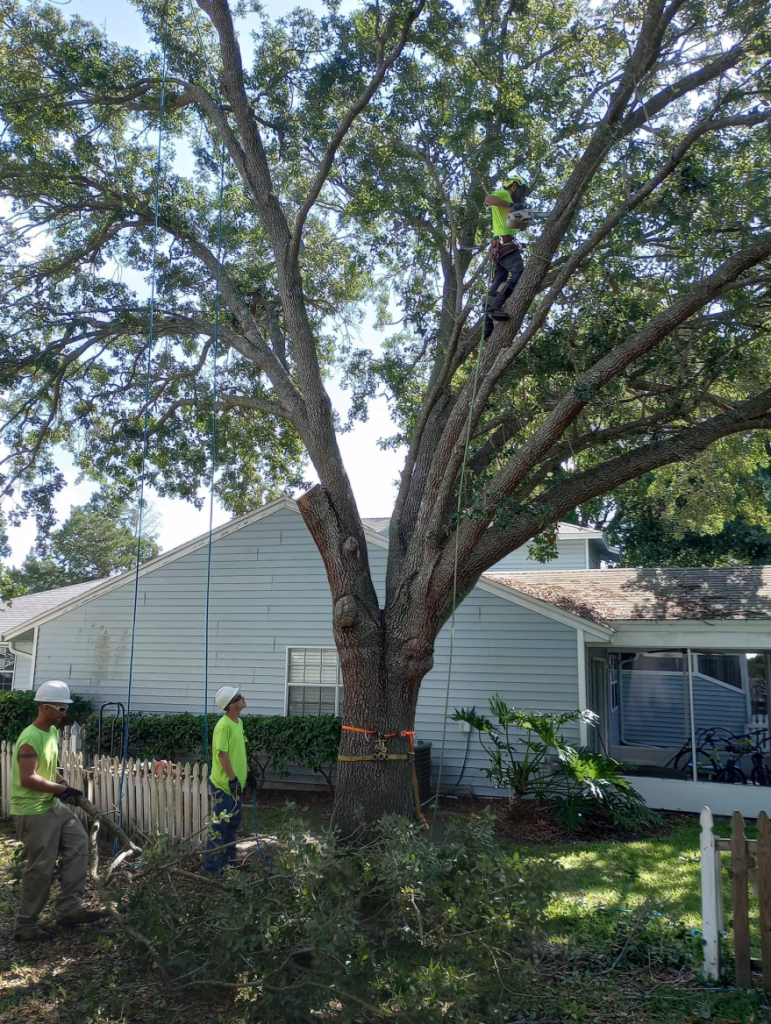Autumn is a season of breathtaking beauty, with trees donning their vibrant coats of red, orange, and yellow. However, as the leaves change, so do the conditions that can lead to the development of fall foliage diseases. In this blog, we’ll explore how to recognize and address common diseases that can affect trees during the autumn months, helping you preserve their health and the vibrant colors that make fall so special.
The Magic and Vulnerability of Fall Foliage
Autumn foliage is a natural masterpiece, but it’s also a period of transition and vulnerability for trees. As temperatures drop and the days get shorter, trees start preparing for the winter ahead. This transition can weaken them and make them more susceptible to diseases. Let’s take a look at some of the common culprits of fall foliage diseases:
1. Leaf Spot Diseases
Leaf spot diseases are a frequent issue during the fall. These diseases, often caused by fungi, manifest as small, dark spots on the leaves. As the infection progresses, the spots can grow larger and merge, leading to premature leaf drop. To address leaf spot diseases, it’s essential to remove and dispose of the infected leaves and consider fungicidal treatments if the disease is severe.
2. Powdery Mildew
Powdery mildew is another common problem during the fall months. It can affect a wide range of tree species. To treat powdery mildew, you can try pruning to improve air circulation, watering the tree at the base, and considering fungicidal treatments if necessary.
3. Anthracnose
Anthracnose is a group of fungal diseases that can cause browning, curling, or wilting of leaves. This disease can be particularly damaging to trees, but it can be managed through proper pruning, which removes infected branches, and preventive fungicidal treatments.
4. Rust Diseases
Rust diseases produce rusty or orange-colored spots on leaves. These fungal diseases affect the overall health of a tree. When treating rust diseases, it’s important to prune away infected branches and maintain good tree hygiene.
5. Recognizing the Signs
One of the keys to effectively treating fall foliage diseases is early recognition. Regular inspections are essential to spot the initial signs of disease, such as unusual spots, discoloration, or deformities on the leaves. Once you’ve identified a problem, you can take appropriate action to address it.
6. Proper Tree Care Practices
The best defense against fall foliage diseases is a proactive approach to tree care. Start by maintaining good tree hygiene. This includes removing fallen leaves, dead branches, and other debris from around the base of your trees. Good hygiene can reduce the potential sources of infection and create a healthier environment for your trees.

Consult with Tree Care Experts
Fall foliage diseases can mar the beauty of the season, but with the right knowledge and proactive care, you can protect your trees and enjoy the full splendor of autumn. Regular inspections, proper Tree care in Orlando practices, and consultation with Tree care in Lake Mary experts like Clayton’s Quality Tree Service LLC are key to maintaining the health and vibrancy of your trees.
If you suspect that your trees are suffering from fall foliage diseases or if you want to take preventative measures, consider consulting with tree care experts. Companies like Clayton’s Quality Tree Service LLC have certified arborists who can provide professional guidance, identify diseases, and recommend appropriate treatments.
Whether it’s pruning, fungicidal treatments, or expert advice, contact us for services of our Tree care in Deltona to preserve the health and beauty of your trees during the autumn season.

